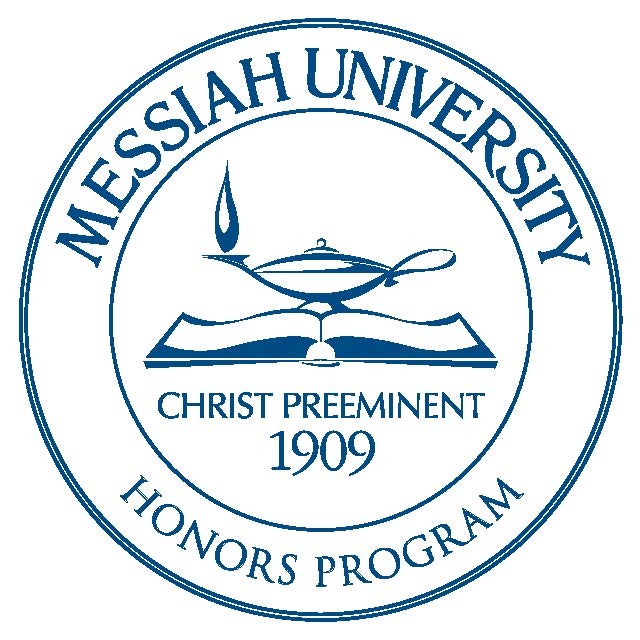Date of Award
2013
Document Type
Thesis
Department
Chemistry and Biochemistry
First Advisor
Dr. Hannah S. Tims
Abstract
Each domain of life requires specific strategies for compacting the large amount of genomic material within the spatial confines of the cell. Packaging of the DNA is essential for protection, genetic stability, and gene accessibility. Archaea are categorized as prokaryotes and thrive under diverse environmental conditions; however they use a mechanism for DNA packaging similar to eukaryotes. Eukaryotes and archaea compact their DNA in nucleosome structures by wrapping their DNA around complexes of histone proteins. Although similarities exist between histone structure in eukaryotes and archaea, it is unknown how the proteins and DNA are stabilized under diverse conditions under which archaea thrive. This study seeks to understand the nature of nucleosome formation in Methanothermus fervidus archaea. The two histones of interest, HMfA and HMfB, have a common ancestry with eukaryote core histones making M. fervidus an ideal system for comparison of nucleosome formation. We examined binding affinity during nucleosome formation between small fragment DNA KS1418 and HMfA and HMfB with electrophoretic mobility shift assays. Results showed that HMfB had a higher binding affinity for KS1418, though both histones bound DNA and showed strong evidence of nucleosome formation. These results will allow us to continue analyzing the binding dynamics of HMfA and HMfB, and compare results to mutant histones that can be fluorescently labeled. In addition, efforts were made to improve upon the method for expression and purification of HMfA for use in future work.
Recommended Citation
Ziegler, Natalie and Tims, Hannah S., "Methanothermus fervidus Histone Binding Affinity and Packaging of Archaeal DNA" (2013). Honors Projects and Presentations: Undergraduate. 159.
https://mosaic.messiah.edu/honors/159


